Not all of us can get behind the wheel of a Toyota Land Cruiser when winter brings freezing conditions to our roads. Snow, ice and other challenging conditions can increase dangers, so to help you stay safe we’ve compiled a list of winter driving tips.
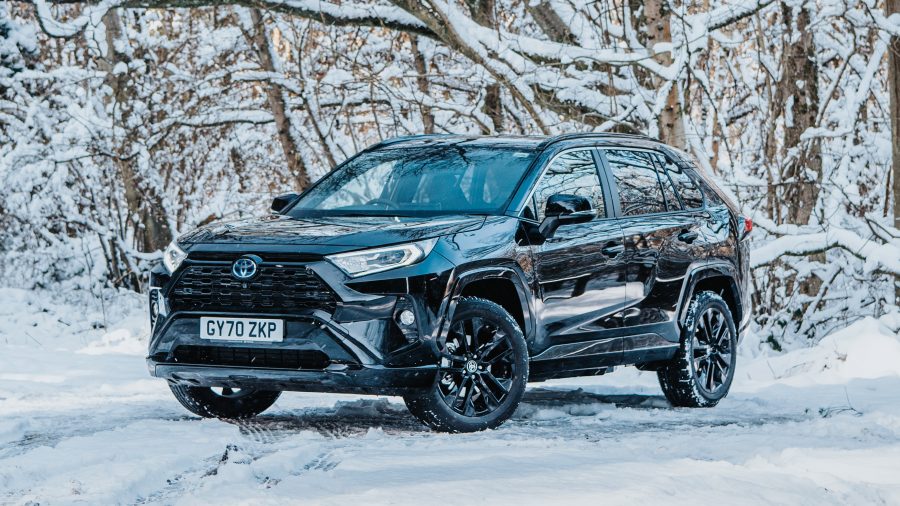
Winter driving tips for snowy and icy roads
- If your car has a control setting for snow or ice, use it. This will reduce torque to the driven wheels and therefore reduce the chance of wheel spin.
- Be gentle with the clutch. Power will be delivered to the driving wheels more smoothly, reducing the chance of skidding.
- Be gentle with the throttle. In a front-wheel drive car, too much throttle on a slippery surface will make it understeer, resulting in the car not turning as much as it would with a normal amount of grip. In a rear-wheel drive car, however, too much throttle will make it oversteer, which is where the rear of the car exaggerates the steering input and slides out.
- Anti-lock braking systems (ABS) are designed to help you brake and steer around obstacles at the same time. But in order to work effectively the system needs to sense grip on the road surface. So in icy or low-grip conditions you should reduce speed and brake gently, keeping your eyes focused on the point you want to reach.
- If you have a crash mitigating system, such as Toyota Safety Sense, try to keep snow and ice off your car’s radar sensors. Blockages in their ‘vision’ will stop them working correctly.
- During a cold snap, your Tyre Pressure Monitoring System (TPMS) could show up a warning. Be sure to double-check that your tyres properly inflated with our tyre pressure and size guide.
- Consider fitting cold weather tyres, which dramatically improve grip and stability when ambient temperatures are less than seven degrees Celsius. Please note, however, that the principles listed above remain the same whether winter tyres are fitted or not.
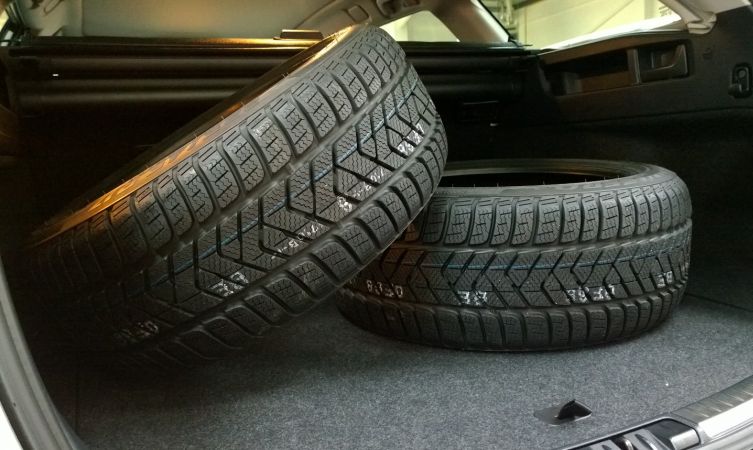
Winter driving in an electric vehicle: before setting off
- Use the vehicle’s preconditioning function. While it is illegal to leave a combustion-engine car idling and unattended (Highway Code Rule 123), a beauty of EVs is their ability to legally precondition the vehicle before the owner even enters the car. This remote activation — such as through the MyToyota smartphone app — has a number of benefits. First, it can ensure that the windows are de-iced and clear and that the interior is at a comfortable temperature. But at the same time it will also warm the battery pack to a temperature that optimises the vehicle’s efficiency and range from the outset.
- Be mindful of battery charge. Adverse weather conditions mean that people generally do not use their cars as much in winter, so it is important to be aware of how much charge is left in the vehicle. Where possible, try to maintain a charge level of between 20-80% to keep the battery in top condition.
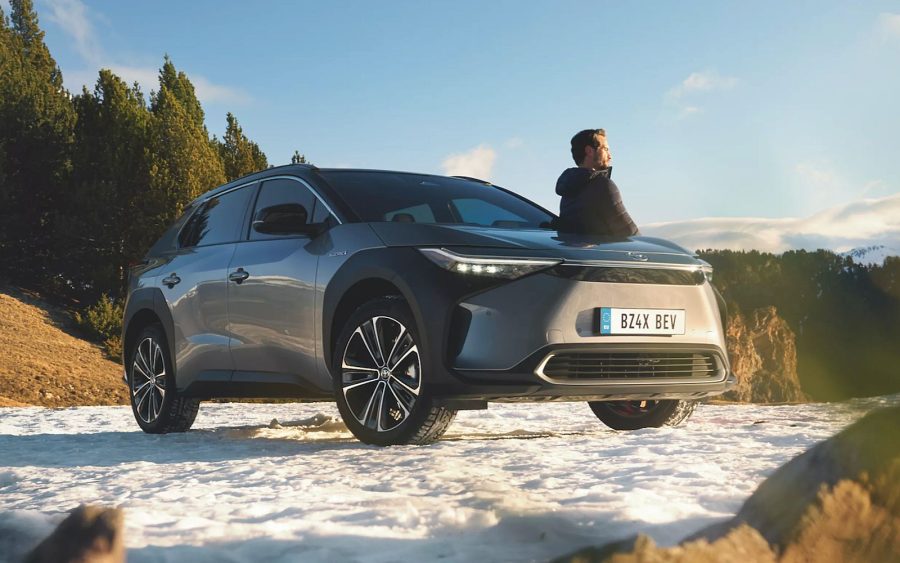
Winter driving in an electric vehicle: while driving
- Be power-efficient. EVs, like all other vehicles, are less efficient in cold weather. So to extract the most from your battery in the winter, use your EV in an efficient manner. Harsh acceleration and braking waste energy, while steady, modest speeds and gentle braking will help you make the most of each charge. And when it comes to staying warm in the vehicle, try to use more power-efficient localised heating through the seats and steering wheel (if specified) instead of heating the entire cabin.
- Activate eco mode. Get extra help with power efficiency by allowing the vehicle to make adjustments that might not be possible to apply by the driver alone. For example, pressing the ‘ALL AUTO (ECO)’ button within the Toyota bZ4X air conditioning system regulates the electricity consumption of heating functions in order to extend the vehicle’s cruising range and maintain comfortable conditions.
- Make the most of regenerative braking. Sudden, harsh braking not only wastes energy but can be dangerous in slippery conditions. Instead, use your EV’s regenerative braking function to slow the car smoothly. This not only reduces the risk of skidding but captures free kinetic energy to top-up the battery and improve the vehicle’s range.
Driving in rain and on flooded roads
- Rain reduces your visibility and increases stopping distances, especially during the winter months, so it is advisable to double the distance between you and the car in front.
- Use your headlights when visibility is reduced, in accordance with the Highway Code.
- Regularly check the functioning of your lights and the condition of your windscreen wipers. Replace any defective bulbs and blades as necessary.
- Should the steering begin to feel light or unresponsive due to rain or standing water, ease off the accelerator and slow down gradually.
- If the roads are flooded, avoid areas of deep water, which is usually by the kerbs. If you do decide to cross through water, drive slowly but keep your engine revs high to avoid stalling. Be aware that bow waves from approaching vehicles can submerge your car to a much deeper level.
- Do not attempt to cross deep water – a car can float in as little as two feet of standing water.

Driving in fog
- Fog is one of the most dangerous weather conditions during winter, as an accident involving one car can quickly escalate to involve others if they are driving too close. Leave a distance of at least three seconds between you and the car in front.
- Use your headlights and fog lights to increase your visibility to others.
- At junctions, wind down your window and listen for traffic.
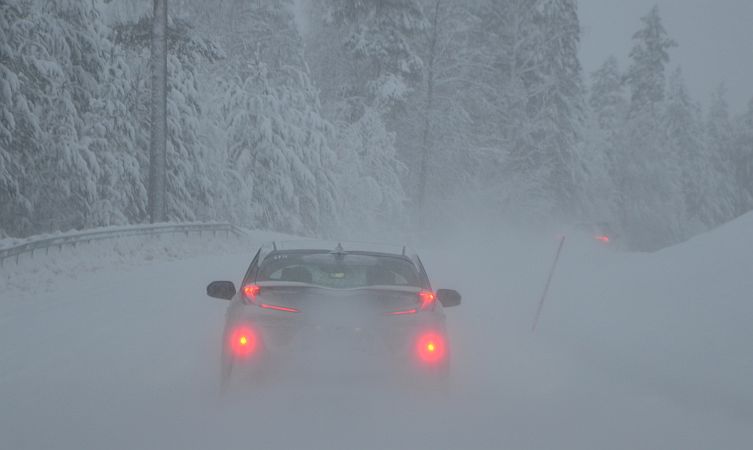
Winter driving: strong winds
- During winter you can expect sudden gusts at any time but particularly on open stretches of road, through gaps in roadside hedges, or when passing across bridges.
- Hold on tightly to the steering wheel and be prepared to correct your course to stay in lane, or to avoid other vehicles and debris blown into your path.
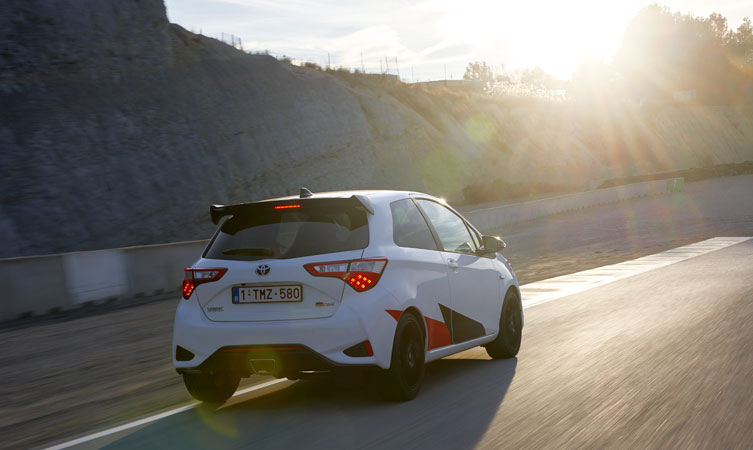
Winter driving: when the sun is low
- If the sun is not too low, use your visor to create some shade for your eyes.
- Reduce your speed to increase the safety margin between you and the car in front.
- Keep the inside and outside of your windscreen clean to reduce the effect of glare.
Winter driving tips: condensation
Vision clouded by condensation on the windows can be an issue during colder months. Click here to read our separate guide to reducing this issue.
Toyota Accident Care
Should you have an accident, our Accident Care team are on hand to help arrange repairs and liaise with your insurance. Our Accredited Technicians use Toyota Genuine Parts & Paints to help get your Toyota back on the road.
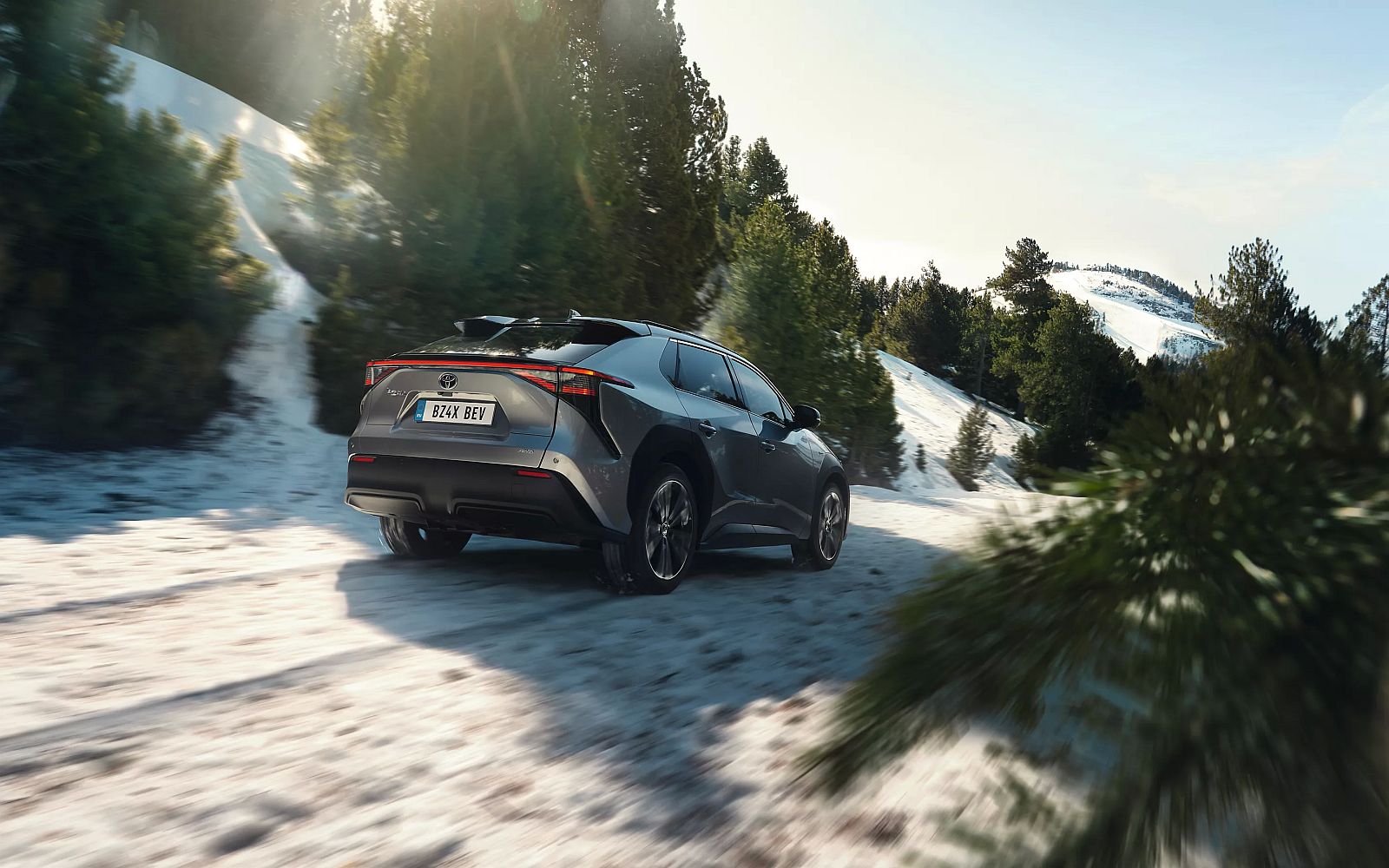

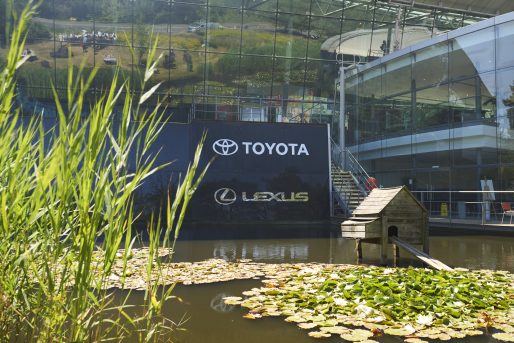
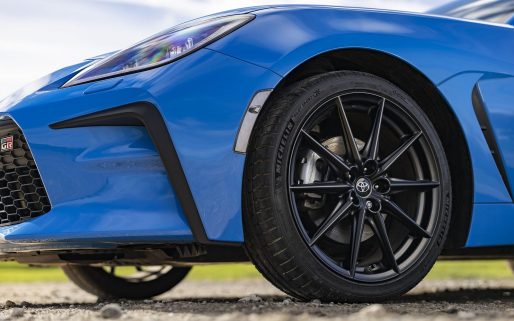
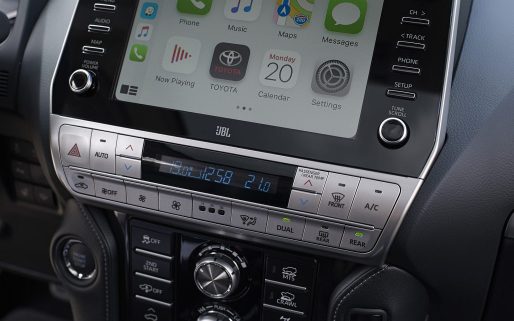
Thank guys for gooooood advice. Almoust forgot some of them after so many miles on road;) Safe and fun drive to us 🙂
Subject: theft prevention measures.
I am becoming increasingly concerned about the number of car thefts in my area, especially of Rav4s.
The Faraday pouches are ineffective and they can take off a steering wheel lock in just 20 seconds. What measures do Toyota recommend to protect our vehicles?
Hi Richard, thanks for your question.
Modern vehicles invariably come with a high level of built-in security but as with any model in our range, we would always recommend extra measures to protect your car from theft.
Here are our top recommendations for improving car security to reduce the risk of becoming a victim to crime: https://fal.cn/3wm1C
Please let us know if you have any further questions.
Thanks.
I am very used to/adept at driving in FWD manual gearbox vehicles up & down very snowy roads in Scotland (i fitted all season tyres), using 2nd gear to slowly up hills & 1st gear to go slowly down.
I’ve now got a 4th gen RAV4 HSD AWD – what’s the best technique to drive on snowy & hilly roads please given that one cannot necessarily dictate engine speed etc as I used to in my previous cars? I have once again fitted all season tyres. Thanks for a response
Hi Faye, thanks for getting in touch.
Please provide a vehicle registration so that we can look into this for you.
Thanks.
Is it true that a diesel engine works more efficiently, and gives better mpg, in minus air temperatures combined with driving well above sea level? The best ever, most frugal my RAV4 engine behaved was last winter, about 1000 feet above sea level and at minus 8 degrees C on the A9 in Grampian region of Scotland, going through the mountains. Have other drivers experienced this? Went from 38 to about 44 mpg that night, on the dashboard indicator. And the car, as ever was outstanding in reliability under really terrible night driving conditions
Thank you for the useful and sensible driving advice. However, all of the commentary appears to be directed towards manual gear box vehicles. Advice on how to manage ice and snow etc with an automatic gearbox would be welcome as many cars are now automatic by default. I am currently driving the new Yaris Cross. Thank you
Hi Richard, thanks for your comment.
We appreciate your feedback and will pass this on to the relevant teams.
Thanks.
Good afternoon at Toyota,
I have tried to contact Jemca Croydon, Surrey service department, to book a service and MOT.
None of the online options provide a secure site.
I have telephoned directly, left on hold for 24 mins and then been cut off.
Not happy with this.
Unable to find an email address, so have made this enquiry with you. Please may you assist?
Regards
Steve Miller
Hi Steve, we’re very sorry to hear this.
We’d be happy to make the request for you. Would you mind confirming your registration number and mileage. We’ll send a note over to the team at Jemca but won’t publish your response on our page so your details won’t be visible.
Thanks,
Toyota UK
Will fitting a higher amp hour rated 12v battery to a yaris hybrid invalidate the warranty , please?. I’m thinking of a Yuasa agm 55 or 70 amp hour rating.
Hi Robin, thanks for getting in touch.
Whilst this will not automatically invalidate the warranty, if an issue arises that is linked to this change then the repair will not be covered under the manufacturing warranty. Your local Toyota Centre is best placed to take a look at the battery in your Yaris to see if any amendments can be made.
Thanks,
Toyota UK
Hi,
I have a Hilux reg in Oct 19.
I have learned of a potential recall : https://thefarmingforum.co.uk/index.php?threads/toyota-hilux-chassis-recall-campaign.425135/
I have received no communicatiom re this.
Please advise ?
Neil Bates
Hello Neil,
Thanks for your query. We believe you are referring to the Hilux Customer Satisfaction campaign, if so this link will provide more information: https://www.toyota.co.uk/help-centre/hilux-customer-satisfaction-campaign
Many thanks,
Toyota UK